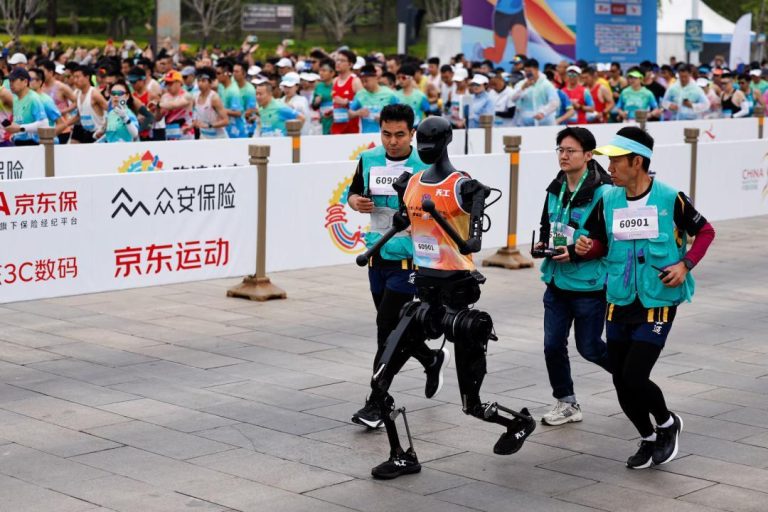
If you ask an IT employee to come to office, he says ‘bye’: L&T Chairman
The debate about working from home versus working in an office has been raging on for quite some time now. While some argue that working from home increases productivity and job satisfaction, others believe that it leads to a lack of face-to-face interaction and a blurring of boundaries between work and personal life. Recently, the Chairman of Larsen & Toubro (L&T), SN Subrahmanyan, made some intriguing remarks about this topic, sparking a lot of interest and debate.
In an interview, Subrahmanyan criticized the notion that working from home is the new norm, stating that it is not always possible or practical. He also shared a personal anecdote about his own experience when he joined L&T in 1983. According to him, his boss told him that if he was from Chennai, he would have to move to Delhi and work there. This reflects the challenges that professionals faced in the past, particularly in terms of relocation and adapting to new environments.
However, Subrahmanyan’s comments also touched on the changing expectations of employees in today’s world. He noted that if you ask an IT employee to come to the office and work, they are likely to say “bye” (or resign) instead. This statement is quite telling, as it highlights the changing attitudes and priorities of employees in the IT sector.
The IT industry has undergone significant transformations over the years, driven by technological advancements, globalization, and shifting consumer preferences. As a result, employees in this sector have more options and flexibility than ever before. They can choose from a wide range of job opportunities, work remotely, and have access to a global talent pool.
In this context, it is not surprising that many IT professionals prefer to work from home or have flexible work arrangements. This is not just about avoiding commuting or having a better work-life balance, but also about being able to work in a setting that is most conducive to their productivity and creativity.
Subrahmanyan’s comment about IT employees saying “bye” if asked to come to the office may seem extreme, but it is rooted in reality. Many IT professionals are used to working in a self-directed manner, and the idea of being tied to a specific location or schedule can be unappealing to them.
Moreover, the IT sector is known for its fast-paced and dynamic nature, with projects and deadlines constantly evolving. The ability to work flexibly and adapt to changing circumstances is essential for success in this field. By allowing employees to work from home or have flexible schedules, organizations can better meet the needs of their IT professionals and improve overall productivity.
Of course, there are also arguments against working from home, particularly in terms of the potential negative impact on team collaboration and communication. However, the use of technology has made it easier for remote workers to stay connected and collaborate with colleagues. Video conferencing tools, instant messaging apps, and collaboration software have all become essential tools for remote workers, enabling them to stay connected and work effectively with their teams.
In conclusion, Subrahmanyan’s remarks highlight the changing expectations and priorities of employees in the IT sector. While his comment about IT employees saying “bye” if asked to come to the office may seem extreme, it is rooted in reality and reflects the evolving nature of the IT industry. As organizations look to the future, they will need to adapt to these changing expectations and find ways to attract, retain, and motivate the best talent in the industry.






